Cacti and succulents are fun statements plants to keep in your home for a perfect amount of charm and color. But did you know some of the species you can grow indoors are edible?
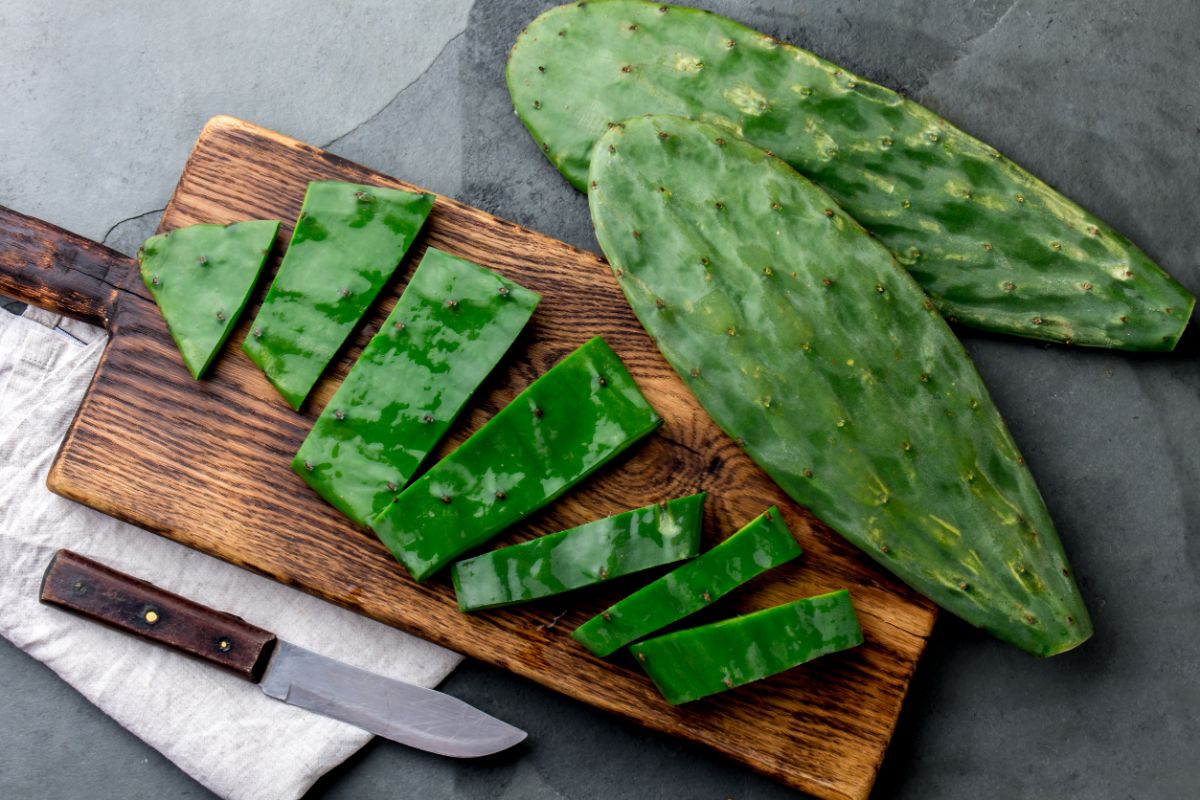
That’s right! Some of the most common types of cacti and succulents available at your local plant nursery can make a tasty addition to salads, tacos, salsa and so many other dishes.
If you’ve ever wanted to grow your own edible cacti and succulents, check out our top picks of the tastiest plants to try. These plants are hardy and perfect for sunny windowsills and many can even be grown in small spaces too!
Jump to:
- 10 edible cacti and succulents to grow indoors
- 1. Prickly pear (Opuntia humifusa)
- 2. Dragon fruit (Selenicereus undatus)
- 3. Glasswort (Salicornia Europaea)
- 4. Purslane (Portulaca oleracea)
- 5. Chalk lettuce (Dudleya edulis)
- 6. Aloe (Aloe barbadensis)
- 7. Barrel cactus (Echinocactus grusonii)
- 8. Peruvian apple cactus (Cereus repandus)
- 9. Saguaro cactus (Carnegiea gigantea)
- 10. Elephant bush (Portulacaria afra)
- Frequently asked questions
- Summary
10 edible cacti and succulents to grow indoors

Below are our top picks of edible cacti and succulents for your home. These plants are all beginner-friendly with minimal care requirements. Better still, they are all tasty treats that can be used in a variety of ways in the kitchen.
1. Prickly pear (Opuntia humifusa)
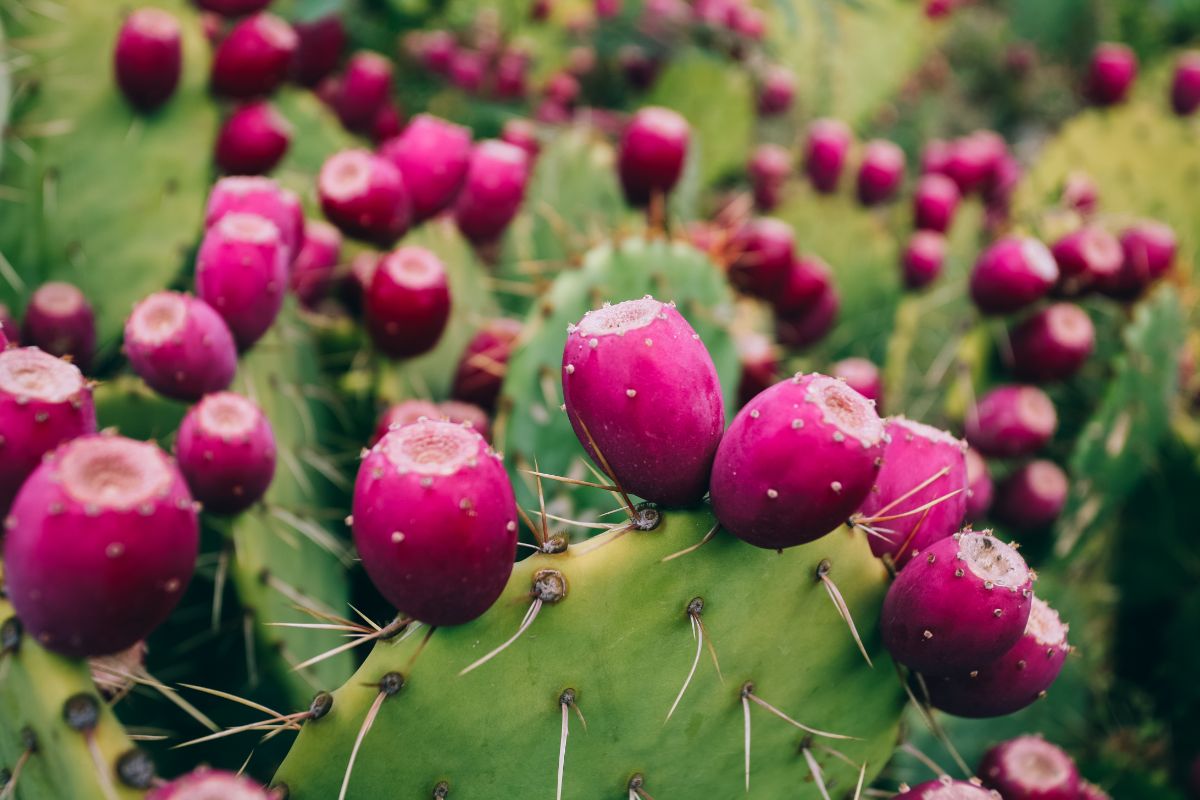
| Plant name: | Prickly pear |
| Lighting: | Bright light |
| Watering requirements: | Low |
| Soil type: | Well-draining, cactus/succulent potting mix |
| Edible parts: | Fruit and pads |
Prickly pears are resilient plants that can be grown indoors or out. Incredibly hardy for cacti, prickly pears can even survive outdoors all winter long in zones 9 through 11; however, they make perfect houseplants too.
With round, flat cactus paddles, prickly pears are covered in short sharp spines, so care should be taken when handling them. In summer, these plants will flower yellow blooms, which mature into the prickly pear fruit. Fruit is initially green but turns purple as it ripens.
Prickly pear’s sweet fruit lends itself well to many recipes, including cocktails, smoothies and syrups. The paddles themselves can be cooked into delicious tacos or chopped up into a fresh and zingy salsa.
2. Dragon fruit (Selenicereus undatus)

| Plant name: | Dragon fruit |
| Lighting: | Bright light |
| Watering requirements: | Low to moderate |
| Soil type: | Well-draining, cactus/succulent potting mix |
| Edible parts: | Fruit |
Also known as pitaya, dragon fruit is a common vining cactus species that naturally grows in Central and South America. With long, trailing stems and oversized white flowers that boast a delicate, sweet fragrance, dragon fruit has a very tropical feel to it. But it truly comes alive when it starts to produce its characteristic large, pinkish-purple fruits.
Dragon fruit plants prefer a bit more moisture than many other cactus varieties and can benefit from the addition of a pebble tray or nearby humidifier. Their trailing growth habit is perfect for hanging baskets or high shelves and many varieties are even spine-free so you don’t need to worry about getting stuck with any prickles.
Young dragon fruit stems are edible and are mouth-watering when served up with fried eggs. However, this tasty plant is mostly prized for its edible fruit, which is perfect in breakfast smoothies, sorbets and fruit salads.
3. Glasswort (Salicornia Europaea)

| Plant name: | Glasswort |
| Lighting: | Bright light |
| Watering requirements: | Moderate; may benefit from the addition of sea salt to water to mimic natural growing conditions |
| Soil type: | Standard potting mix |
| Edible parts: | Seeds and stems |
Native to the coastal regions of Europe, Africa and North America, glasswort is a less commonly known succulent, but it is a tasty one. Also known as marsh samphire, sea beans or sea pickles, this unusual plant often grows in salt marshes and can thrive in soil with high salinity levels.
While its trickier to keep than some of the other plants on this list, glasswort can be grown in outdoor gardens, or on a sunny windowsill. Unlike many other succulents, glasswort does best with regular watering and prefers higher than average humidity levels, so consider adding a humidifier or pebble tray to your setup.
Glasswort makes a delicious and crunchy side dish when cooked up with lemon and butter. And, if you like preserving, glasswort is just right for making homemade pickled sea beans.
4. Purslane (Portulaca oleracea)
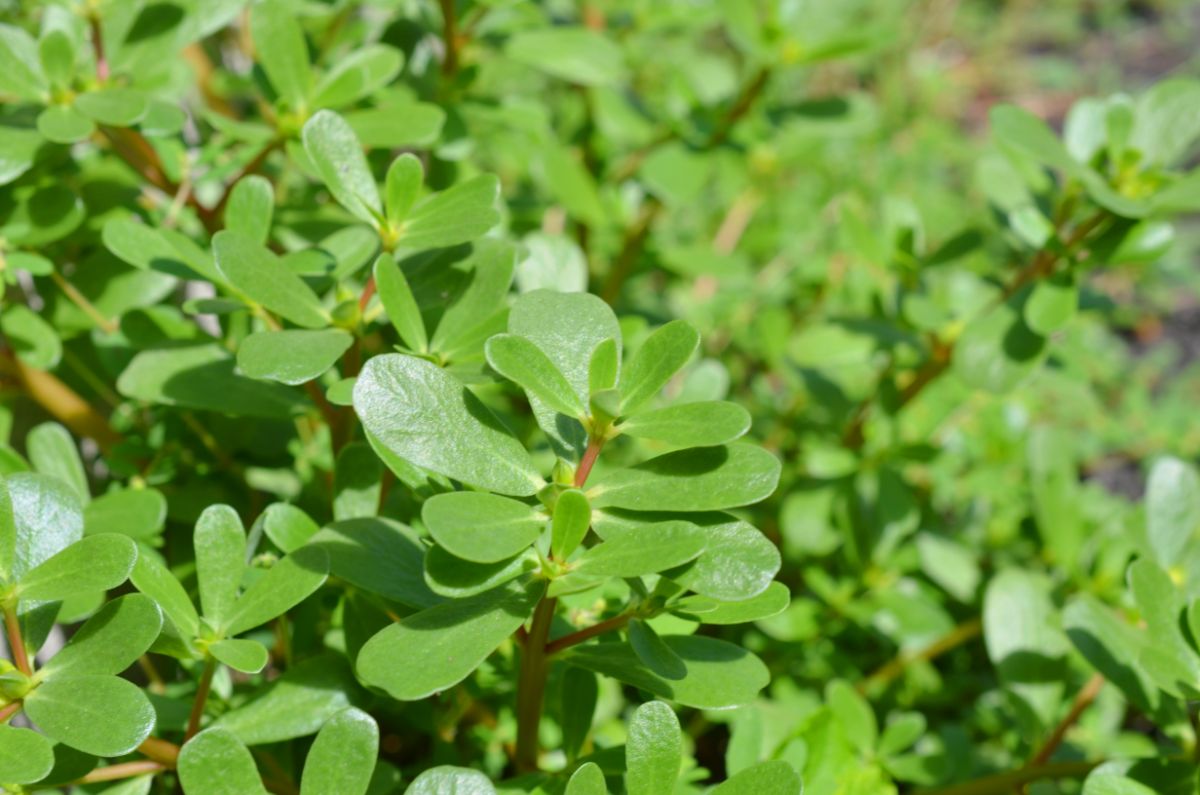
| Plant name: | Purslane |
| Lighting: | Bright light |
| Watering requirements: | Moderate |
| Soil type: | Standard potting mix |
| Edible parts: | Leaves, stems and flowers |
Purslane is often considered to be a weed, thanks to its easy going nature. In fact, if you’ve done any bit of outdoor gardening, you’ve likely encountered purslane in your beds, where it’s sprawling growth habit and rapid seed production can make it a bit of a nuisance. However, purslane can be grown indoors too, where its growth is easier to manage.
A delicious succulent plant with fleshly leaves and a bit of a sour flavor, purslane can be eaten raw in salads or cooked up like spinach. High in Omega-3 fatty acids, just be advised that purslane does contain oxalic acid, so don’t eat too much of it at one time.
While you can often find purslane outdoors with a bit of foraging, for a special treat, there are different purslane varieties you can grow from seed too. Golden purslane, in particular, has larger leaves and a very pleasant texture when eaten raw.
5. Chalk lettuce (Dudleya edulis)
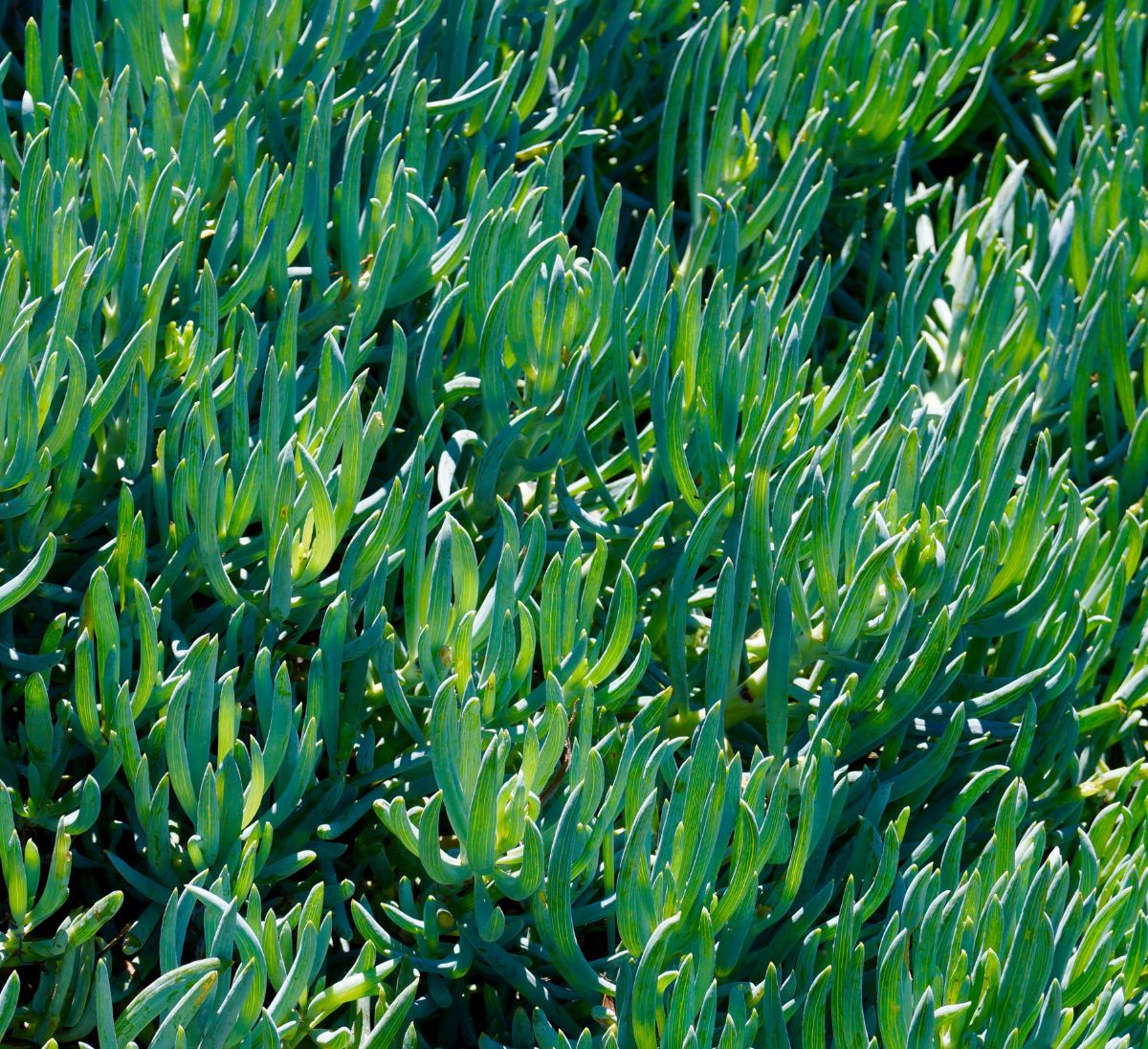
| Plant name: | Chalk lettuce |
| Lighting: | Bright, indirect light |
| Watering requirements: | Low |
| Soil type: | Well-draining, cactus/succulent potting mix |
| Edible parts: | Leaves |
Also known as the lady fingers plant or mission lettuce, chalk lettuce is an interesting specimen plant. With long, upward-pointing cylindrical leaves, the flesh of this plant has a powdery cast to it and comes in either blueish-green or deep red varieties. In summer, this plant may also bloom small, white flowers for that extra pop of color.
Native to the coastal desert areas of the western United States, chalk lettuce is edible and is considered to be a delicacy. However, if you want to eat this plant, you’ll need to cook it first. Flesh has a slightly chalky after taste, but is otherwise refreshing and slightly sweet.
6. Aloe (Aloe barbadensis)
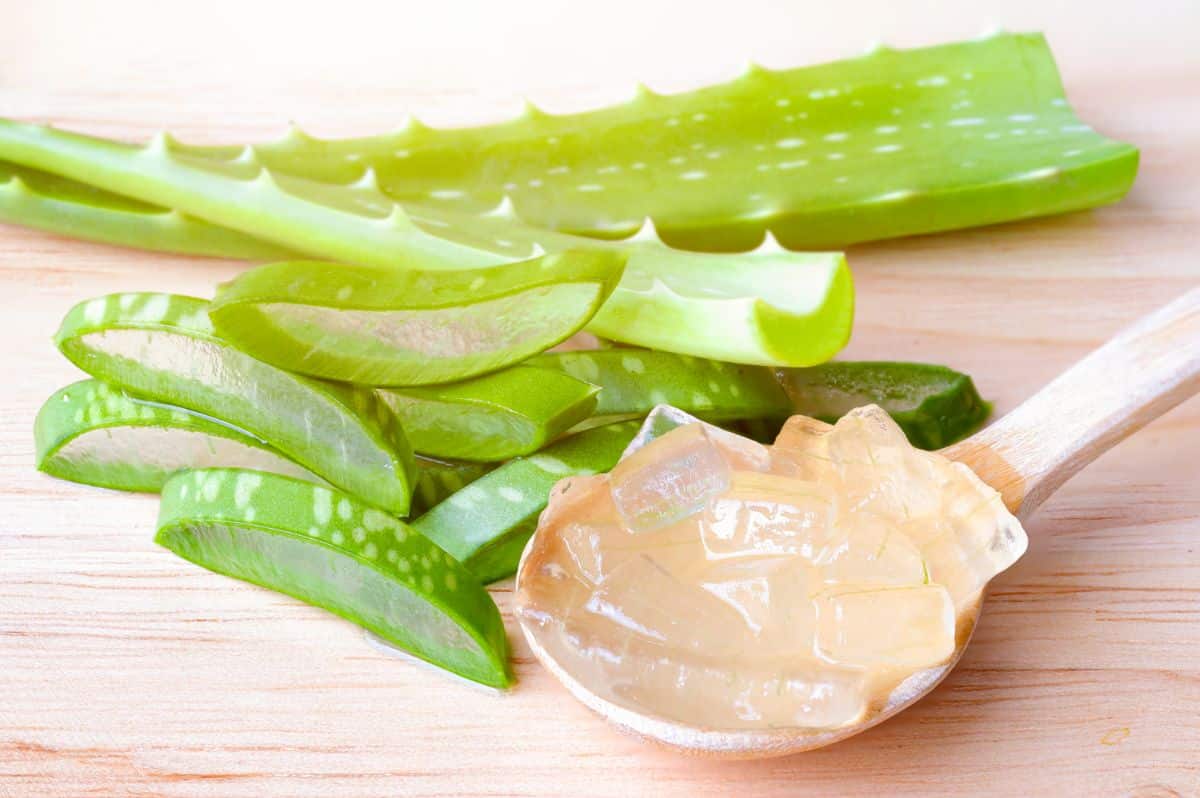
| Plant name: | Aloe |
| Lighting: | Bright light |
| Watering requirements: | Low |
| Soil type: | Well-draining, cactus/succulent potting mix |
| Edible parts: | Leaves |
Aloe is a popular succulent, known for its fleshy, spiky leaves, which often have jagged margins and a slightly mottled appearance. While there are over 200 species of aloes today, not all of them are edible. One variety of aloe, aloe barbadensis, is considered to be the safest choice for consumption.
Most commonly, aloe is kept as an ornamental and medicinal plant, rather than an edible one. This is because aloe’s leaves are filled with a silky, clear gel which is ideal for treating minor burns or other skin irritations. Just snip off a leaf, rub it on your skin and feel the soothing relief.
Aloe barbadensis is edible both cooked and raw; however, the bitter skin should be removed first. If you love breakfast smoothies, aloe is a perfect mix in to try in your recipes. It also makes an unexpectedly delightful addition to cocktails and desserts.
7. Barrel cactus (Echinocactus grusonii)
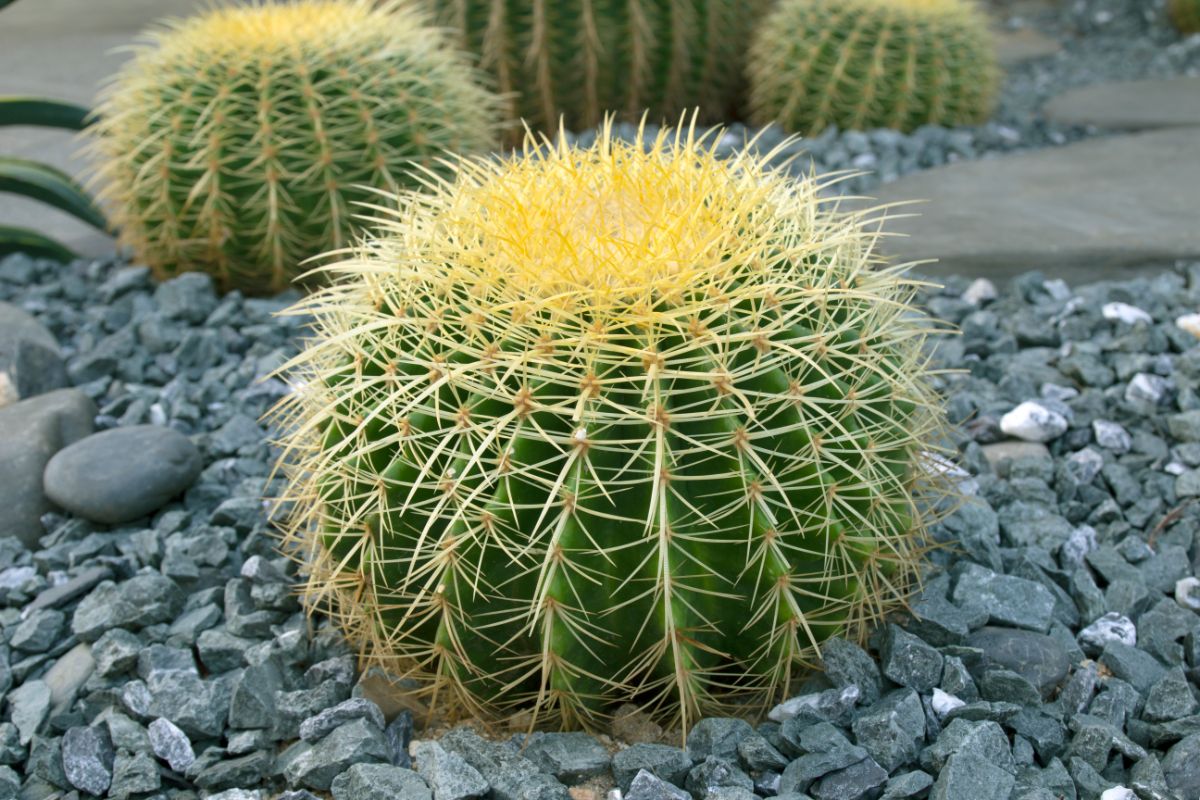
| Plant name: | Barrel cactus |
| Lighting: | Bright light |
| Watering requirements: | Low |
| Soil type: | Well-draining, cactus/succulent potting mix |
| Edible parts: | Fruit, leaves and seeds |
Named for their round, barrel-like shapes, barrel cacti are a common sight in the Sonoran Desert of the American southwest. Super versatile plants, almost every part of these cacti are usable and have been utilized by indigenous people in a variety of different ways.
With long, sharp, golden-yellow spines, barrel cacti add tons of color and interest to windowsill displays and are a must-have cactus. They even bloom pretty, daisy-like flowers at their tops, which come in a range of colors.
Almost all parts of these cacti are edible. The fruit has a slightly sour taste, but is delicious when pickled or cooked up with a sugary syrup. The fleshy meat inside the plant can be harvested after burning away the cactus’ spines and the seeds can be toasted or ground into flour.
8. Peruvian apple cactus (Cereus repandus)
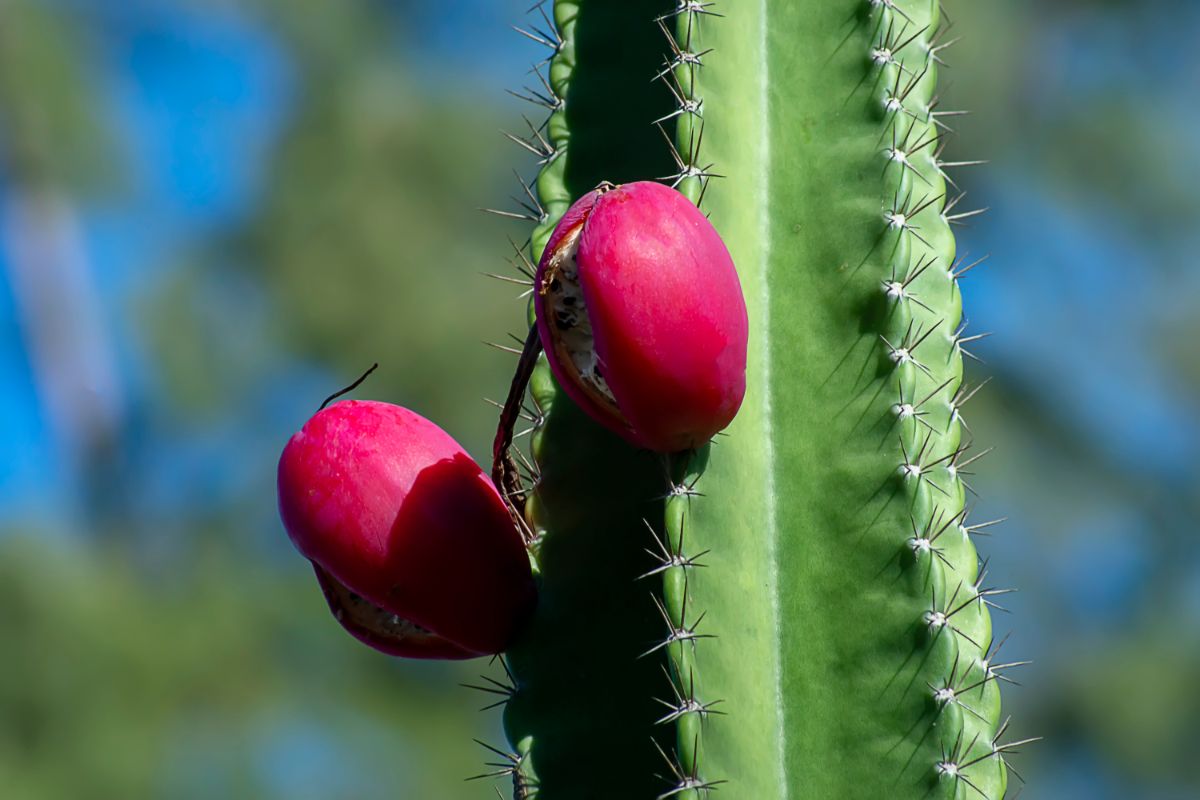
| Plant name: | Peruvian apple cactus |
| Lighting: | Bright light |
| Watering requirements: | Low |
| Soil type: | Well-draining, cactus/succulent potting mix |
| Edible parts: | Fruit |
Also known as night-blooming cereus, Peruvian apple cactus has that classic, columnar cactus shape with deep ribs that are perfect for water storage and drought resistance. Spines along this cactus’ ribs keep the cactus safe from predation. When fully mature, this plant will also bloom gorgeous, oversized, fragrant flowers that only appear for a single night.
After blooming, flowers mature into thorn-free fruit, which is either violet-red or yellow in coloration. The interior of the fruit has tasty white flesh and crunchy seeds and can be eaten just like dragon fruit. Perfect for smoothies, fruit salads, cocktails and desserts, this cactus fruit is hard to beat.
9. Saguaro cactus (Carnegiea gigantea)
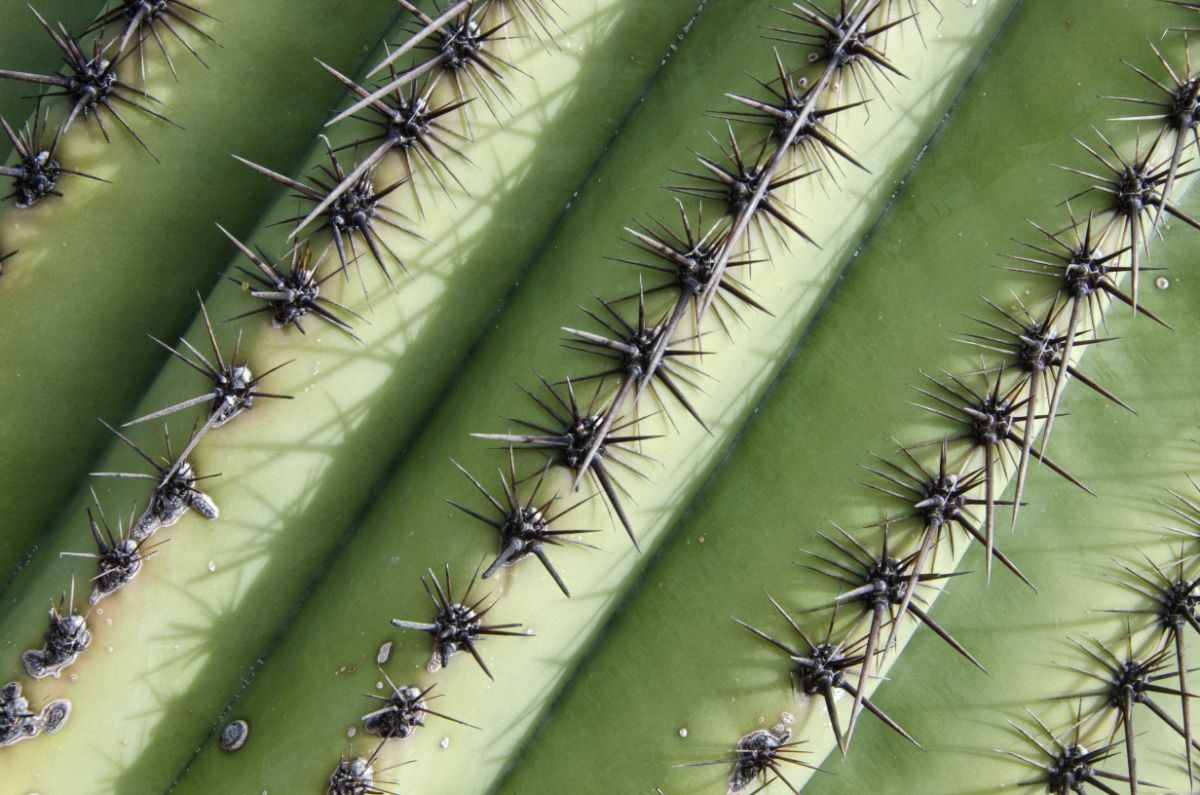
| Plant name: | Saguaro cactus |
| Lighting: | Bright light |
| Watering requirements: | Low |
| Soil type: | Well-draining, cactus/succulent potting mix |
| Edible parts: | Fruit |
Tall and stately saguaros are only found in the wild in the Sonoran Desert of the American southwest. A long-lived species, saguaros can also be kept indoors as potted plants and provide gorgeous, strong lines in a houseplant collection.
Like other cacti, saguaros have large spines, so you need to be careful when handling them. While they’re primarily kept as ornamental plants, saguaro fruit is also edible and tasty.
Wild saguaros are a protected species, so it’s generally not okay to harvest wild saguaro fruit. Because they are so slow growing, it can take up to 70 years for saguaros to fruit indoors; however, if you manage to find an older plant at a nursery or yard sale, you may be able to get fruit much faster.
10. Elephant bush (Portulacaria afra)
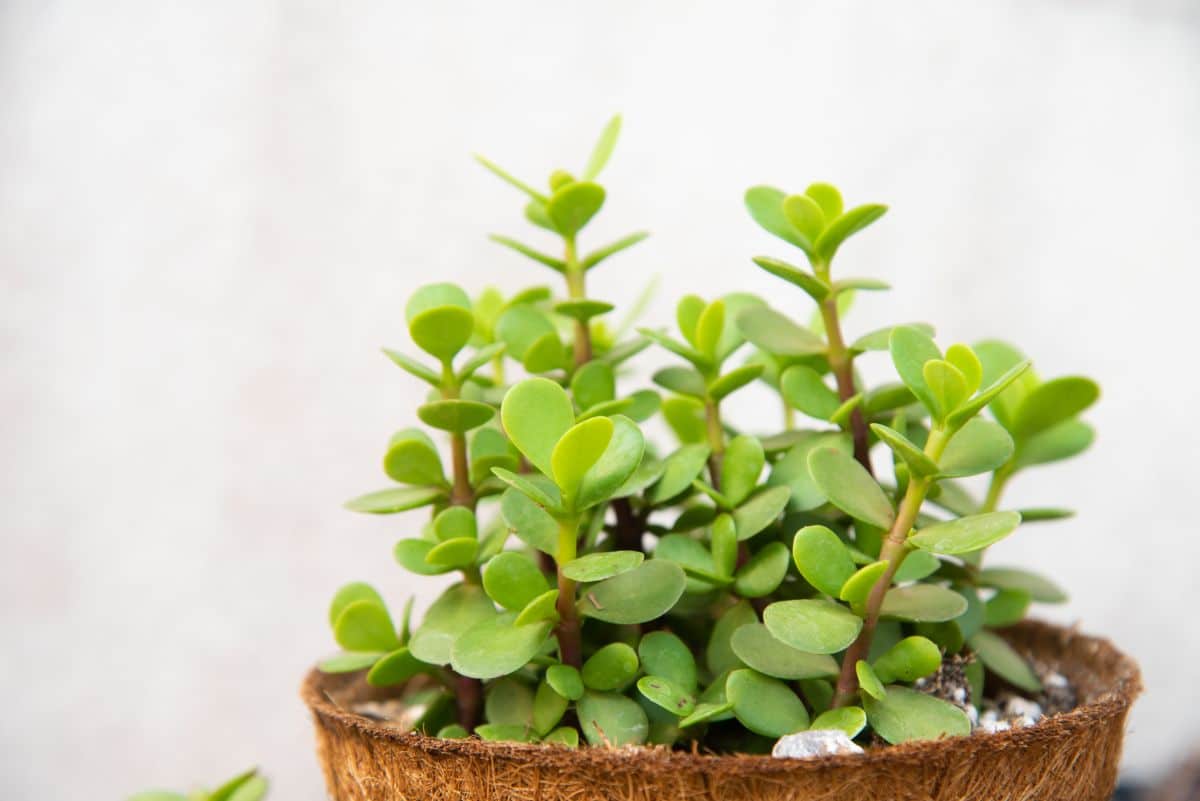
| Plant name: | Elephant bush |
| Lighting: | Bright, indirect light |
| Watering requirements: | Low |
| Soil type: | Well-draining, cactus/succulent potting mix |
| Edible parts: | Leaves |
If you love jades, the elephant bush is another fun succulent to try. With fleshy leaves and stems, this plant looks a lot like jades, but stems often have a purplish-red coloration and the thick leaves come in both solid green and green and white variegated patterns.
Native to South Africa, in the wild elephant bush is a favorite foraging plant for elephants; however, it’s edible for humans too! Leaves have a slightly tart taste and add a pleasant zing to fresh salads or when used as a garnish in other recipes.
Frequently asked questions
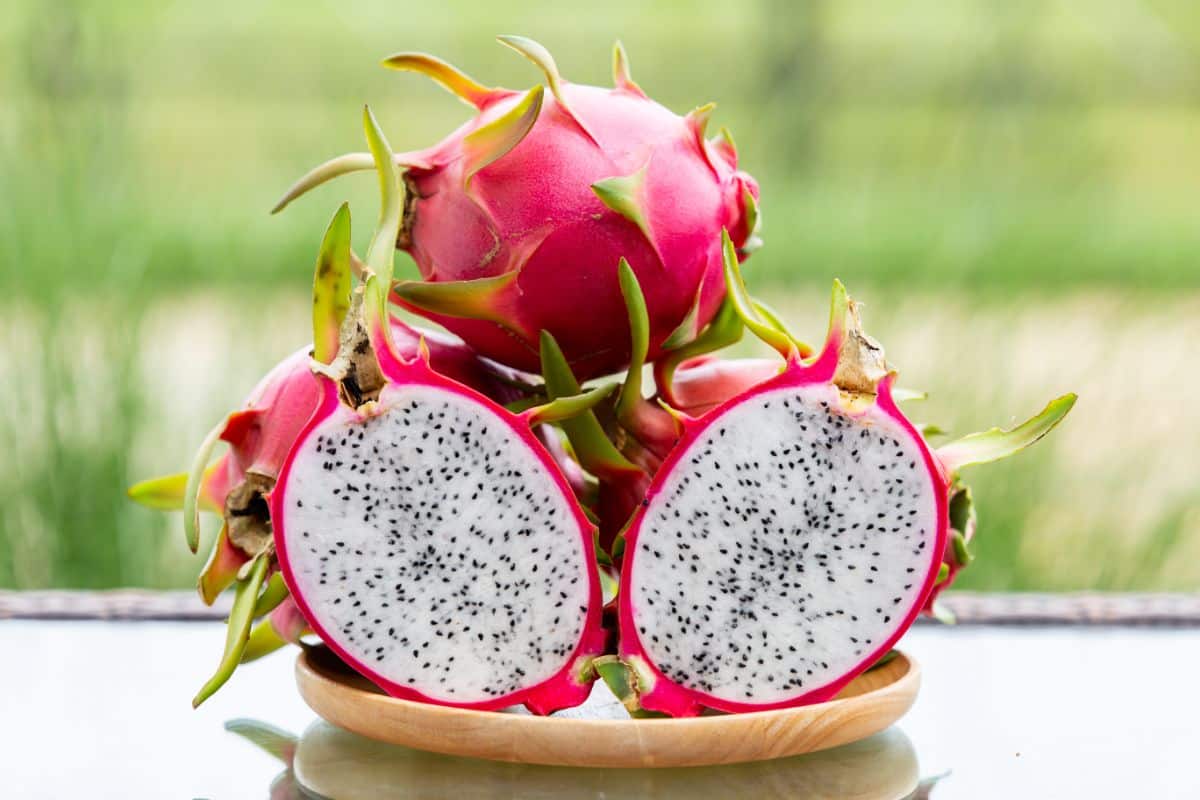
No, cactus spines aren’t poisonous. However, they can cause quite a bit of pain if they prick your fingers, so be sure to wear proper protective gloves when handling cacti.
Nopales are the cactus paddles from prickly pear cacti. They are commonly cooked up into tasty tacos and other dishes, after the cactus spines have been removed.
Using a pairing knife, place the knife flat against the surface of the cactus paddle and begin lightly dragging the knife against the paddle to remove the spines. Trim off the cactus paddle edges too as they often contain spines.
Yes. Similar to okra, nopales produce a slimy texture when cooked. You can remove this by rinsing the cooked nopales several times before adding them to your recipes.
Summary
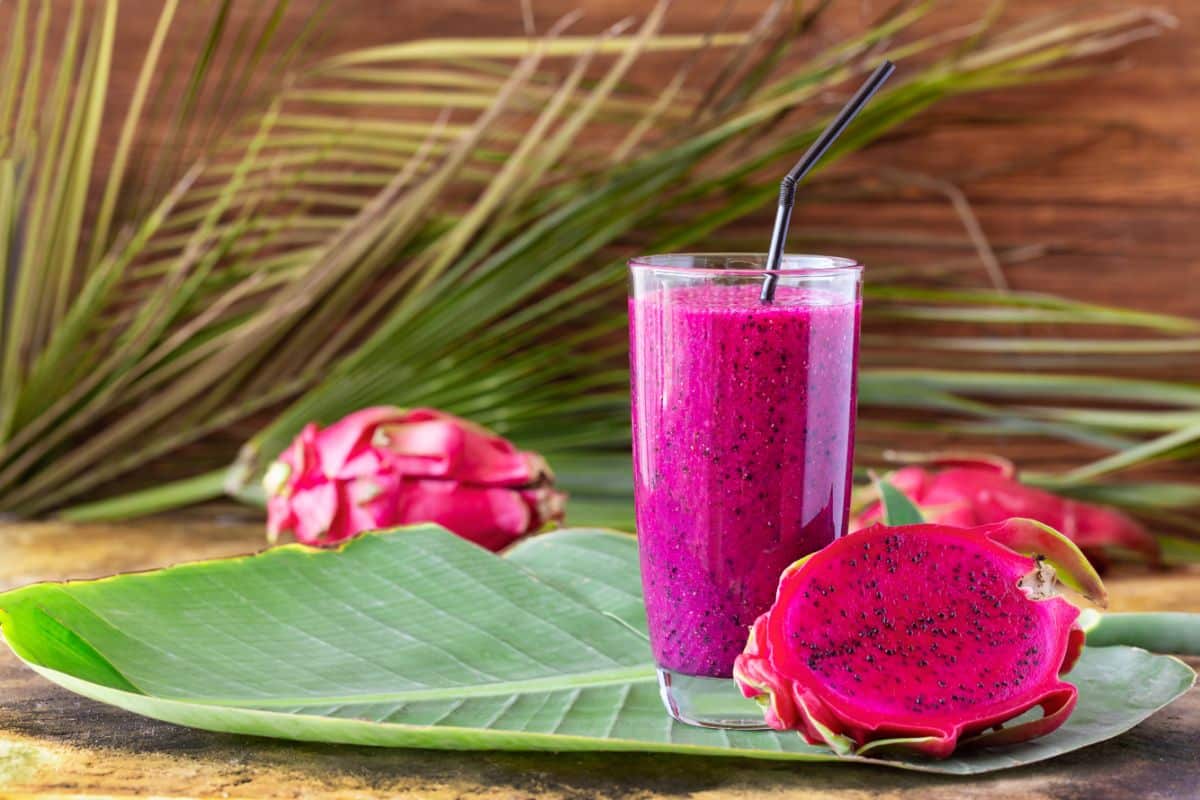
Cacti and succulents are more than just pretty accent plants for your windowsill. These spiky plants are also sometimes edible and are exciting additions to a range of foods like tacos, salads and salsas.
If you love low maintenance plants and you have adventurous tastebuds, try out some of the plants on this list. They are certain to enhance your décor and your recipes too!
Did you like this article? If so, check out our other cacti and succulent content here.

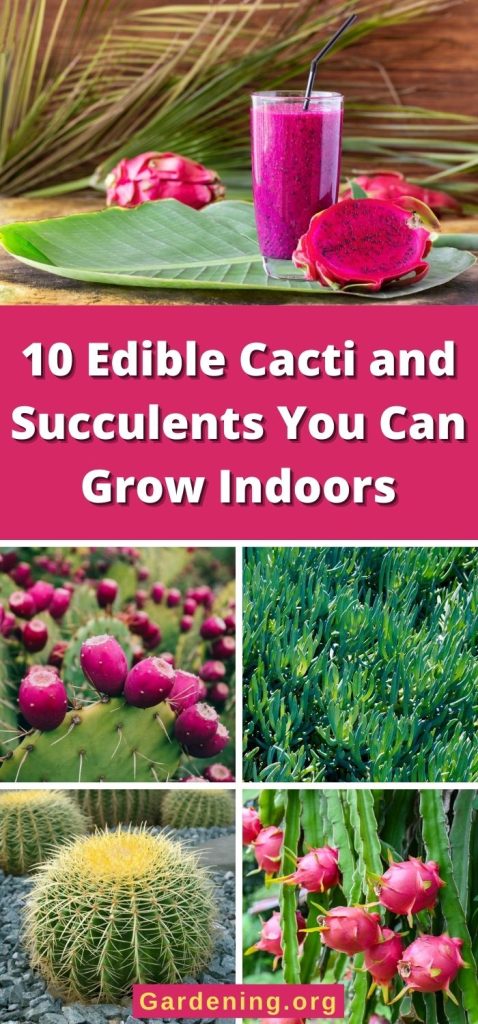
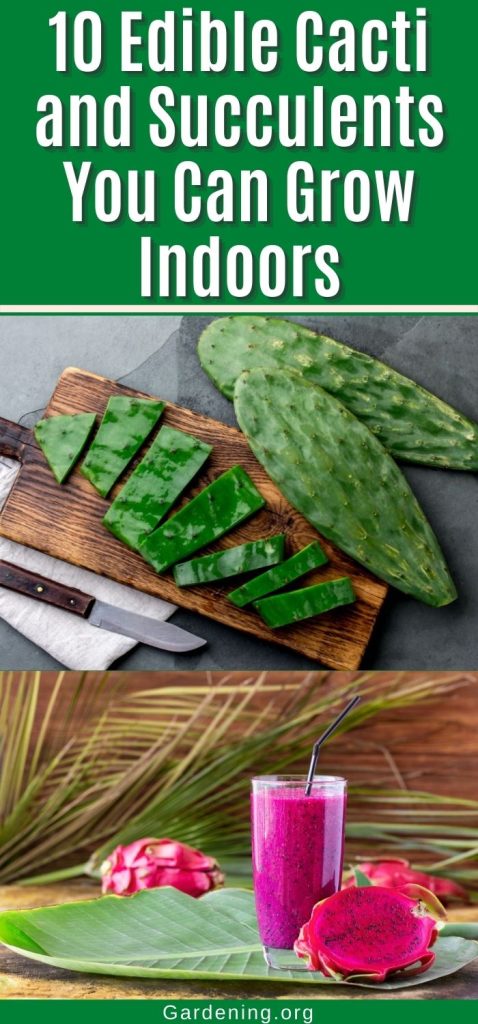
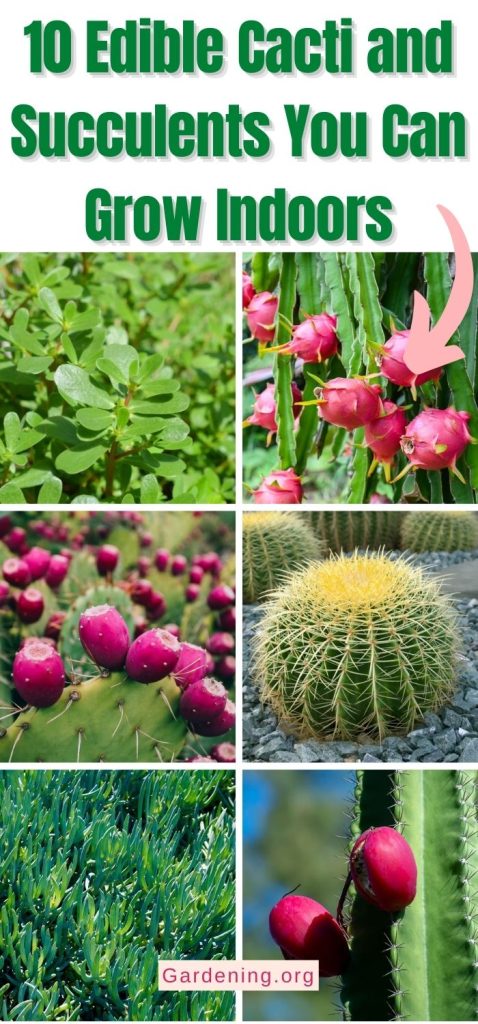
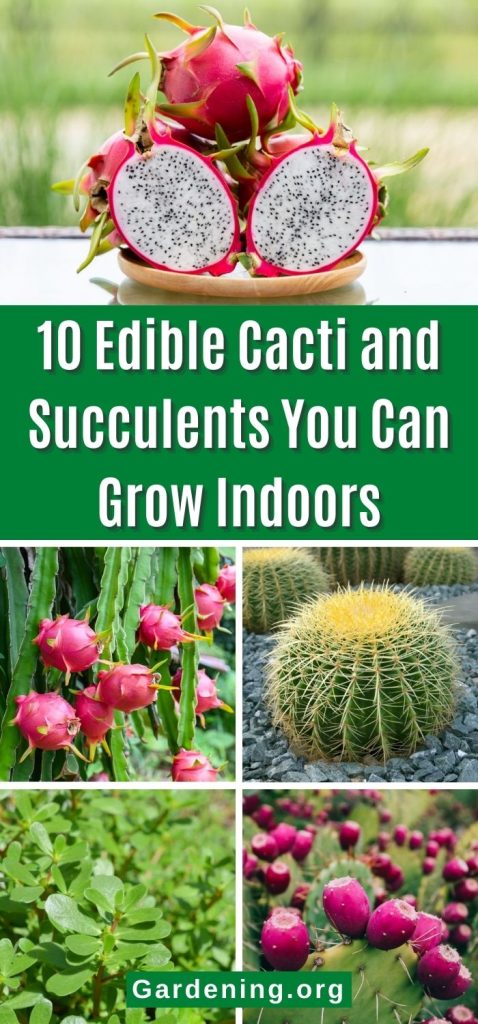
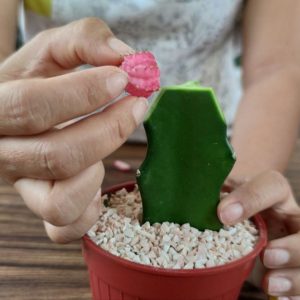
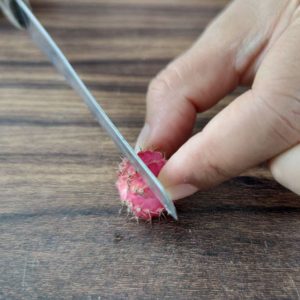
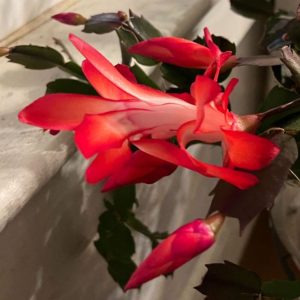
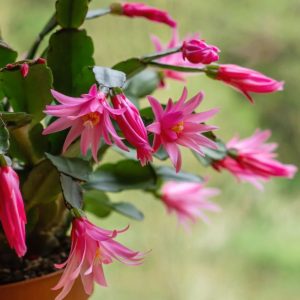
Leave a Reply